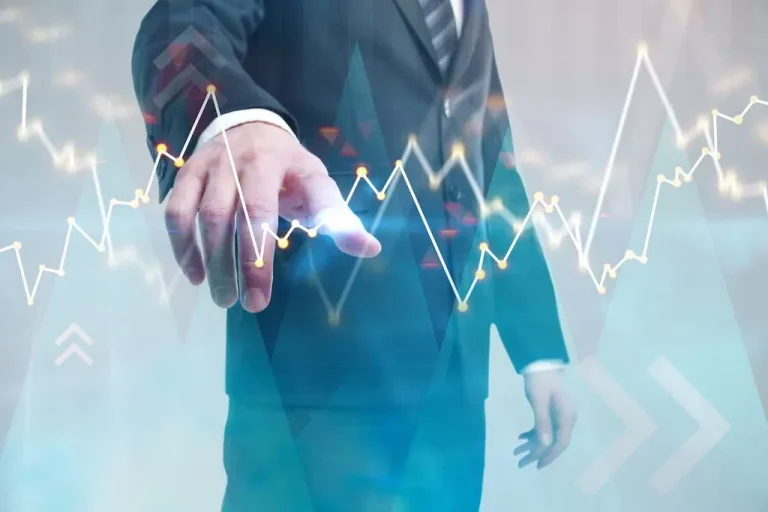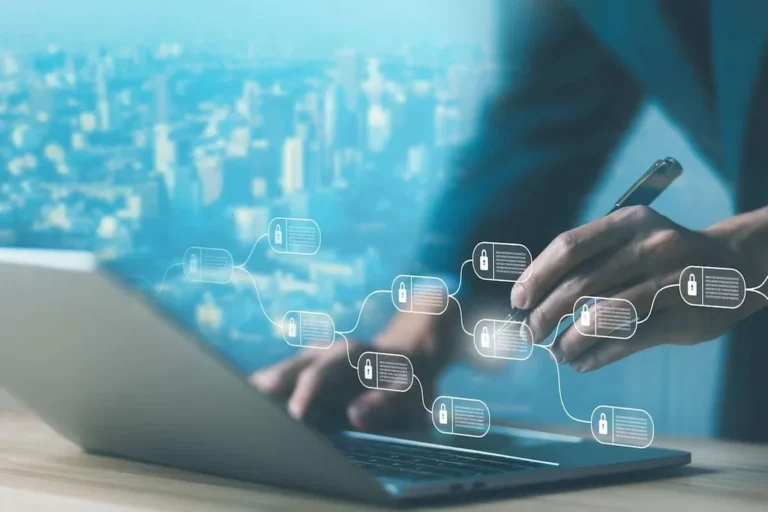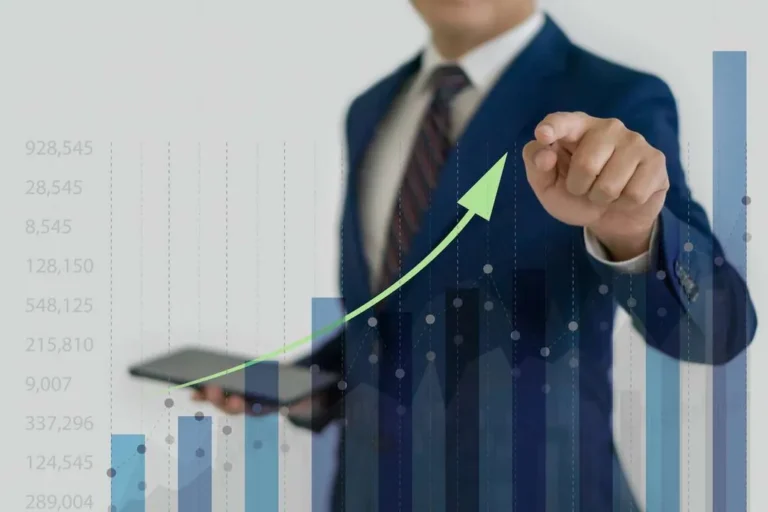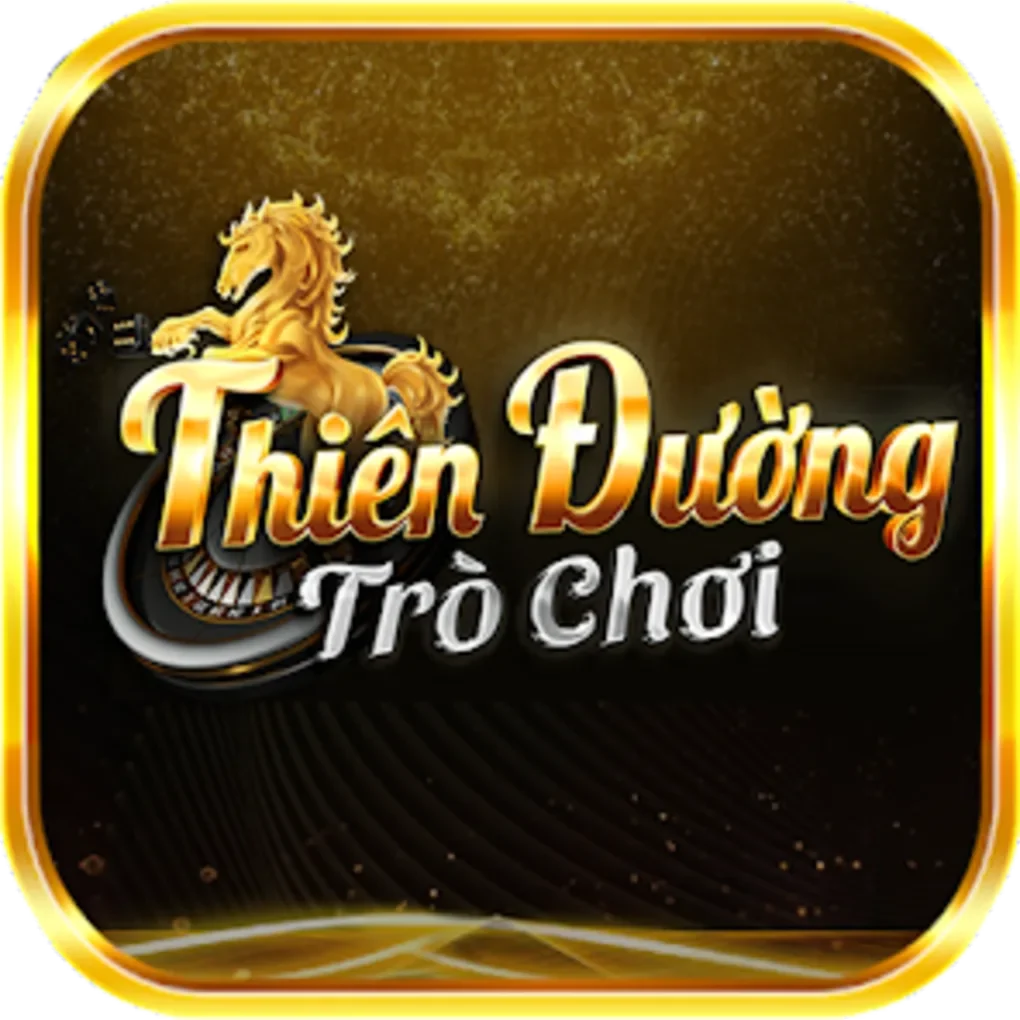Cultural works like books, music, and movies symbolize a big market for tokenization. Projects like Book.io, for instance real world assets crypto, pioneer the issuance of ebook and audiobook RWAs. The journey trade is exploring tokenization to create new income streams and improve customer experiences. TravelX, built on Algorand, transforms airline ticket inventories into NFTs, serving hundreds of thousands of users and demonstrating RWA functions in travel. It could be determined by market demand, professional value determinations, or based mostly on the asset’s utility and potential returns. In today’s rapidly evolving monetary landscape, the time period “Real-World Assets,” or RWA, is gaining significant traction.
¿cómo Funciona La Tokenización De Activos Del Mundo Real?
Imagine every product, piece of artwork, or property having a digital twin with all its details securely saved on the blockchain – that’s what OriginTrail is working in the course of. Platforms like Binance, Bybit, and Kraken are recognizing the potential of this rising market. By providing these projects, they’re increasing their ecosystem and opening up new choices for individuals to build their portfolios. The RWA sector has quickly gained momentum over the past year Financial cryptography as a decentralized finance (DeFi) market segment. DeFi Llama’s analytical information shows that as of February 2024, the number of blocked property (TVL) in the RWA sector amounted to $4.33 billion.
Benefits Of Real-world Property In Crypto
They’ve designed the platform to guard investor knowledge and transaction details while still sustaining transparency the place needed. Pendle’s user-friendly platform and clear documentation make it a standout within the DeFi area. They’ve managed to attract each on a daily basis buyers and big-time players and show their versatility. Of course, building a new blockchain and navigating the world of finance is not all sunshine and rainbows. To make issues much more fascinating, Mantra has its personal cryptocurrency referred to as OM. It’s not just for buying and selling; it also offers holders a say in how the platform runs.
Kinds Of Real-world Belongings In Crypto
Tokenized real estate is a major example of real-world belongings crypto’s potential. These digital representations of physical property might eventually rival conventional real estate funding trusts (REITs) due to their increased accessibility and potential for higher returns. Having listed the top real-world assets crypto initiatives, it is clear that the trade is rapidly rising. While these initiatives showcase the potential of tokenized belongings, there are still challenges and issues to navigate. As technology continues to evolve, you can anticipate a more efficient, inclusive, and innovative ecosystem. The potential benefits of digitized real-world property lengthen far beyond individual buyers, providing alternatives for financial growth and development.
Examples embody Ondo Finance and Backed Finance, which allow investments in tokenized US Treasuries and fixed-income merchandise. Leveraging TRON blockchain technology, stUSDT creates an accessible investment platform managed by the JustLend DAO. The tokenization of actual world belongings is facilitated by various blockchain protocols, each providing distinct options suitable for different types of belongings. The convergence of conventional finance (TradFi) and decentralized finance (DeFi) is one other thrilling development within the RWA tokenization house.
Prior to that, Jason’s professional journey was characterized by a various background in consulting and entrepreneurship. Notably, he evaluated over a hundred companies throughout a number of industries, figuring out potential avenues for change and enchancment. In addition to day-to-day operations, Jason writes the What’s Drippin’ publication and performs a key function in spearheading Security Token Market’s flagship occasion, the TokenizeThis convention. This is what the crypto natives and establishments are now calling on-chain representations of possession in actual property, debt, equity, fund LP models, and other conventional assets. However, exchanges like Binance, Kraken, and Bybit are leading the charge, making it simpler to entry and commerce these belongings. As blockchain expertise retains evolving, we will probably see even more mind-blowing potentialities in the RWAC space.
- For example, actual property can be tokenized to permit fractional ownership, enabling buyers to buy and promote small parts of a property with out the need for traditional intermediaries.
- Tokenization of real-world belongings presents liquidity to the tokens and ensures the transparency of the property.
- As such, Ondo Finance is a blockchain-based protocol that provides institutional-grade monetary services and products.
- Basically, the crypto real-world belongings industry is caught between the necessity to innovate and to observe the rules.
This physical backing supplies RWAs with intrinsic value tied to real-world belongings, which can offer more safety and predictability for investors. RWAs are sometimes backed by bodily belongings that exist in the real world, similar to actual estate, treasured metals, or commodities. This bodily backing can provide a way of safety and tangible worth for traders. In contrast, NFTs are primarily digital property that exist only within the digital realm. While NFTs can represent possession of physical items, they are mostly used for digital objects, which might embrace anything from digital paintings to digital actual estate in on-line video games. Tokenization involves changing the rights to those belongings into digital tokens that can be saved and traded on a blockchain.

The integration of traditional assets into decentralized finance (DeFi) platforms has created new possibilities for financial services and increased entry to individuals globally. Several crypto protocols, such as Chainlink, collaborate with international monetary corporations to combine tangible and intangible real-world assets into the blockchain. Algorand has emerged as a number one platform for real-world asset tokenization, offering distinctive options that tackle the particular wants of this market. Its Pure Proof-of-Stake consensus mechanism achieves block finality in underneath three seconds, which is crucial for real-time asset trading. Non-fungible tokens (NFTs) are a singular sort of digital asset that characterize possession or proof of authenticity of a selected item or piece of content material, such as digital art, music, or collectibles. Unlike cryptocurrencies, which are fungible and can be exchanged on a one-to-one foundation, NFTs are distinctive and can’t be exchanged like-for-like.
Tangible assets, such as actual property, commodities, and artwork, have lengthy been thought of priceless funding alternatives as a end result of their intrinsic value and potential for appreciation. However, investing in these property has traditionally been restricted to high-net-worth individuals and institutional investors because of the high prices and complexities involved. Real World Asset (RWA) tokenization has modified this panorama by enabling fractional possession and increased liquidity, making it possible for a broader range of investors to participate in these markets. The concept of RWAs brings blockchain into industries historically reliant on bodily assets, offering both digital and physical worlds new opportunities for liquidity, transparency, and automation. By representing tangible belongings via blockchain, RWAs provide the likelihood to facilitate faster transactions, increase market access, and streamline financial services. As such, the tokenization of RWAs is considered some of the vital opportunities within the blockchain house, holding the potential to unlock a market price trillions of dollars.
Stablecoins are a type of real-world asset where the asset is the original foreign money such as the US Dollar. You ought to understand the process of tokenizing real-world assets earlier than considering any funding selections regarding these property. High-value assets thus turn into inexpensive to all as they are going to be bought as smaller, reasonably priced items. Tokenization of real-world property offers liquidity to the tokens and ensures the transparency of the assets. Compliance with authorized and regulatory requirements is essential for the success of RWA tokenization tasks. In the DeFi area, RWAs are getting used as collateral for loans and other financial products, bridging the hole between traditional and digital finance.
Institutions and even governments are more and more exploring tokenization in pursuit of operational efficiency features like speedier settlements and broader investor accessibility. The RWA market may develop to trillions of dollars via this decade, various reviews from McKinsey, BCG, 21Shares and Bernstein projected. As the tokenization of real-world property (RWAs) features traction, the way ahead for investing on this house appears extremely promising. Dappsfirm’s expertise in blockchain improvement, legal compliance, and custodianship management makes them a perfect companion for firms trying to tokenize their physical belongings.

Real-world belongings, or RWAs, embody a broad spectrum of assets—physical, digital, or data-based—that derive their value from their existence outside of the blockchain. Tokenizing these property essentially creates a digital twin that exists on a blockchain, opening up new potentialities for possession, buying and selling, and investment. The tokenization of RWAs additionally promises to streamline asset management processes and scale back operational prices. Moreover, the tokenization of environmental assets and the rise of Regenerative Finance (ReFi) present a singular alternative to align monetary incentives with sustainability targets.
These assets can include anything from commodities like gold or oil, to real estate, equities, and even intellectual property. By tokenizing bodily assets, RWAs could be traded extra easily on blockchain platforms, allowing investors to purchase and promote fractions of assets rather than needing to buy the whole asset. This fractional possession will increase market accessibility and may lead to larger liquidity for traditionally illiquid belongings, corresponding to real estate or fine art. RWAs, then again, open up new funding alternatives by tokenizing physical belongings. These tokenized assets could be traded on blockchain platforms, offering liquidity and entry to a broader vary of investors.

Maple Finance is a decentralized finance (DeFi) protocol centered on providing high-quality lending alternatives to institutional and individual accredited buyers. The protocol obtained regulatory approval to function as knowledgeable fund regulated by the BVI Financial Services Commission, a notable achievement. Another milestone for the protocol is reaching over $50M in tokenized US treasury bills. The protocol has received funding from numerous main traders who have supported its development and development over the years. Some examples are Andromeda Capital, ACME Capital, Chainfund Capital, Cognitive Blockchain Capital, and Cogitent Ventures. MakerDAO and Centrifuge are notable examples, with MakerDAO expanding into real-world lending and Centrifuge tokenizing numerous debt instruments.
Start your own high-profit forex brokerage in just a few days or scale your existing business with the best-in-class forex software XCritical https://www.xcritical.in/. Get the perfect Turnkey Forex Solutions that will provide your business with efficiency, stability, and maximum profit.
